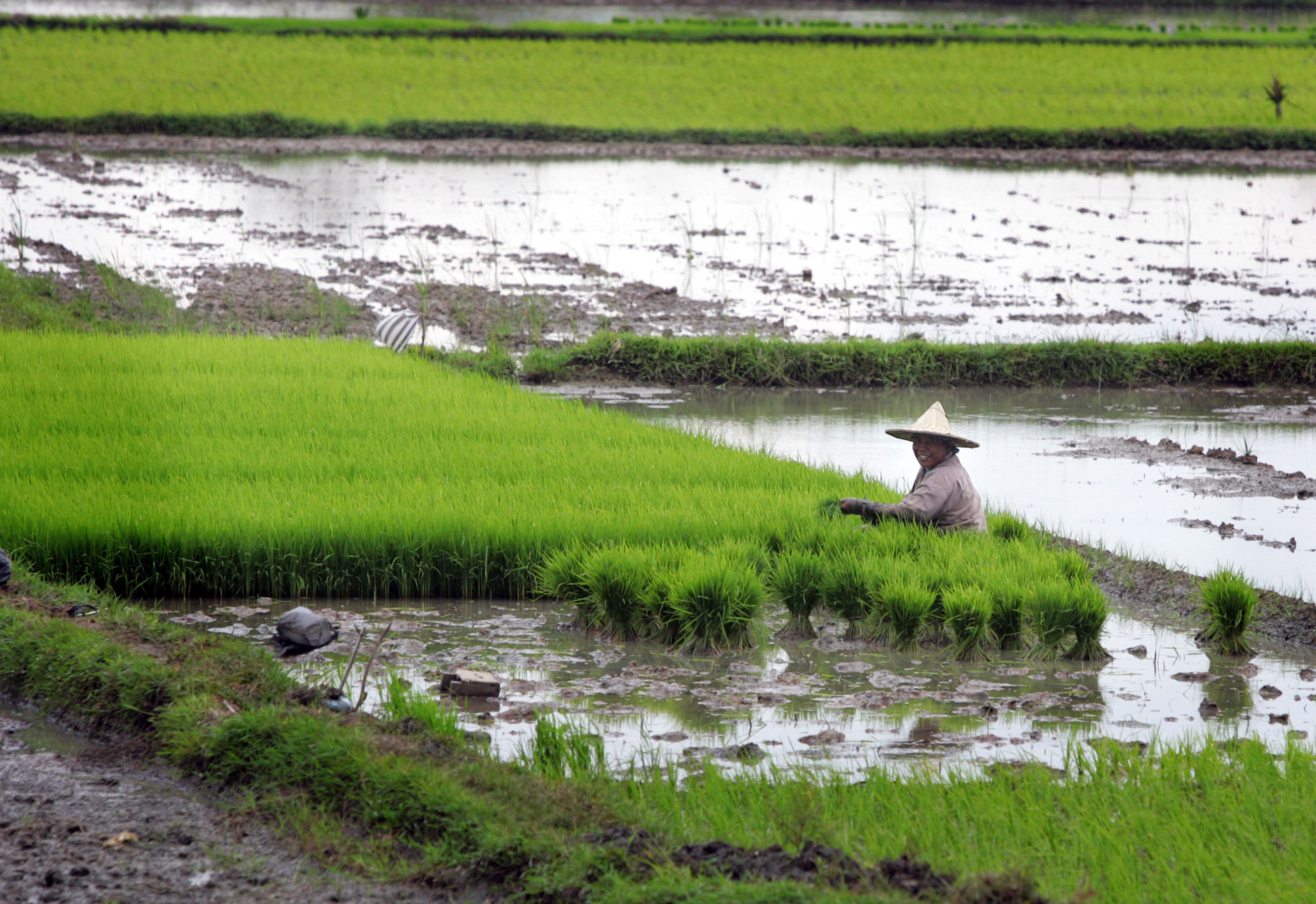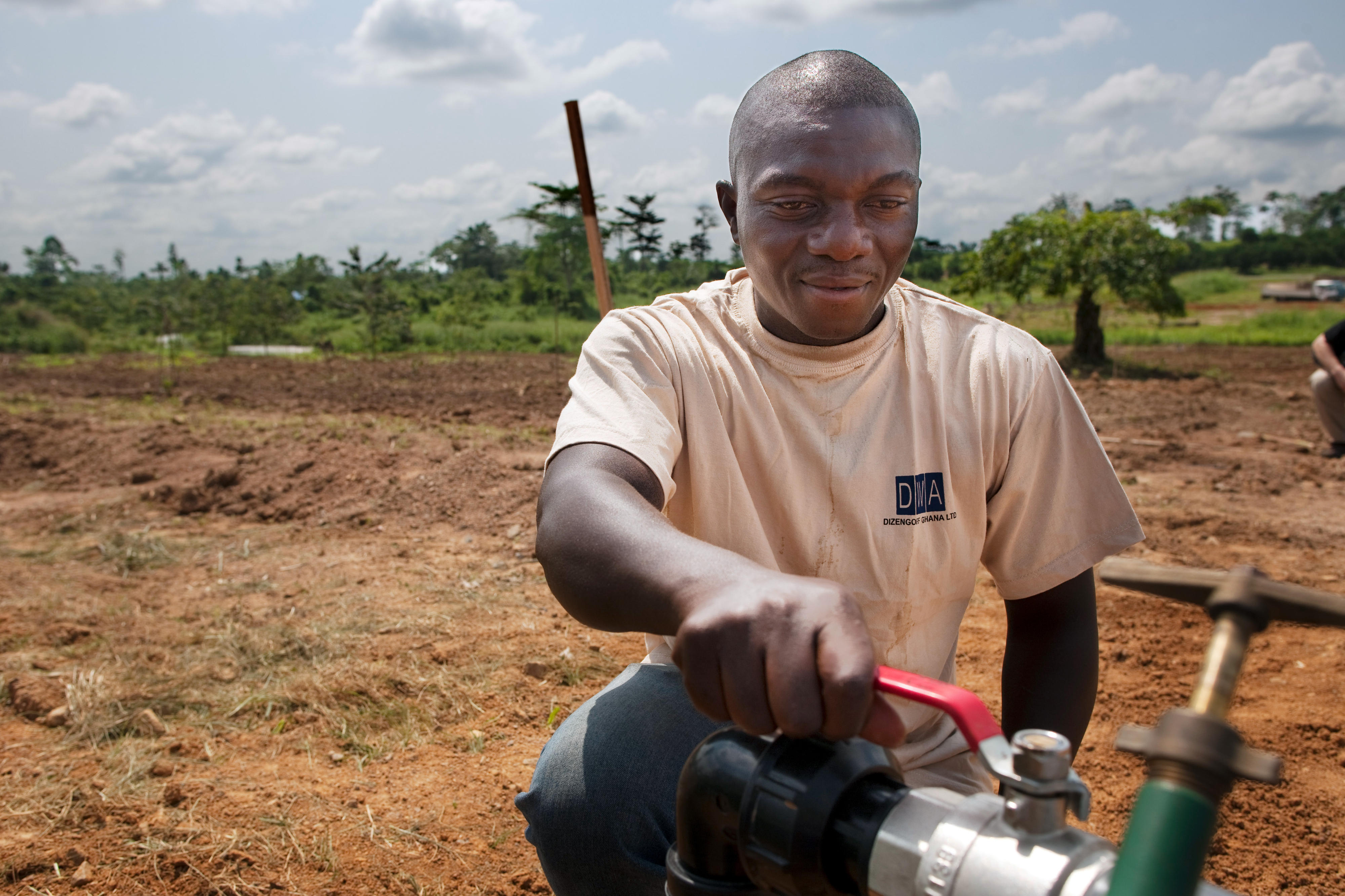Reis paddies in Banda Aceh, Indonesia
Copyright© Ute Grabowsky/photothek.net
Nexus approach Water and food security
Water and malnutrition
There is a close link between inadequate water and sanitation services and malnutrition. Infections caused by unsafe water and a lack of toilets can severely weaken people – especially children – to such an extent that their bodies are no longer able to absorb nutrients well. This means that poor water supply triggers a cycle of disease, undernutrition and malnutrition which is detrimental to children's healthy development. Improved water and sanitation services help to prevent such problems and reduce mortality rates.
Water in the agricultural sector
The world population is projected to reach over ten billion in 2050. All these people will need food and other agricultural products, such as natural fibres for clothing. As living standards in developing countries are rising, it is expected that agricultural production will grow enormously.
In Africa, rain-fed agriculture is currently the common method of growing food – in other words, the crops get their water solely from rain. Rainfall patterns are changing due to climate change, increasing the risk of crop failure. In order to achieve food security for their growing populations, many governments in Germany's partner countries are striving to expand the use of irrigation in agricultural production.
This can cause problems if fossil water is used for irrigation. This water is buried deep underground and is isolated from the surface hydrological cycle. It can only be used once – it does not renew. Groundwater resources that are closer to the surface, by contrast, are recharged by rain and surface bodies of water. If used sustainably, they provide a good and reliable source of water for agriculture in many regions.
Appropriate varieties and technology help to save water
A man operates a water pump in a field in Asamankese, Ghana.
At present, agriculture accounts for about 70 per cent of global water use. In order to secure drinking water supplies in the long term, there is a need for water conservation in the agricultural sector, especially in water-scarce areas. That is why, whenever the German Development Ministry (BMZ) supports efforts to increase crop, livestock and forestry production, it takes account of the need to ensure efficient and sustainable water management. For instance, growing crops that are particularly well adapted to local geographical and climatic conditions offers great potential for the reduction of water consumption.
Another effective way of saving water is the reduction of food loss. Currently, about one third of all food that is produced worldwide is lost or wasted – which means that the water used for its production has also been lost or wasted.
In view of growing demand for water, technical and nature-based solutions are becoming more and more important, too – such as rainwater harvesting, wastewater treatment, drip irrigation and artificial groundwater recharge. Treated wastewater can be used both for artificial recharge and for irrigation.
As at: 13/06/2024


